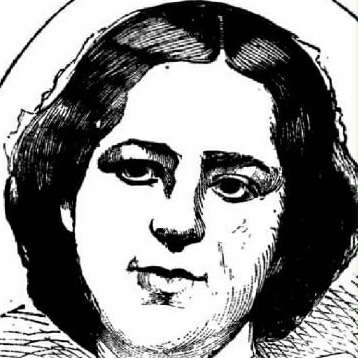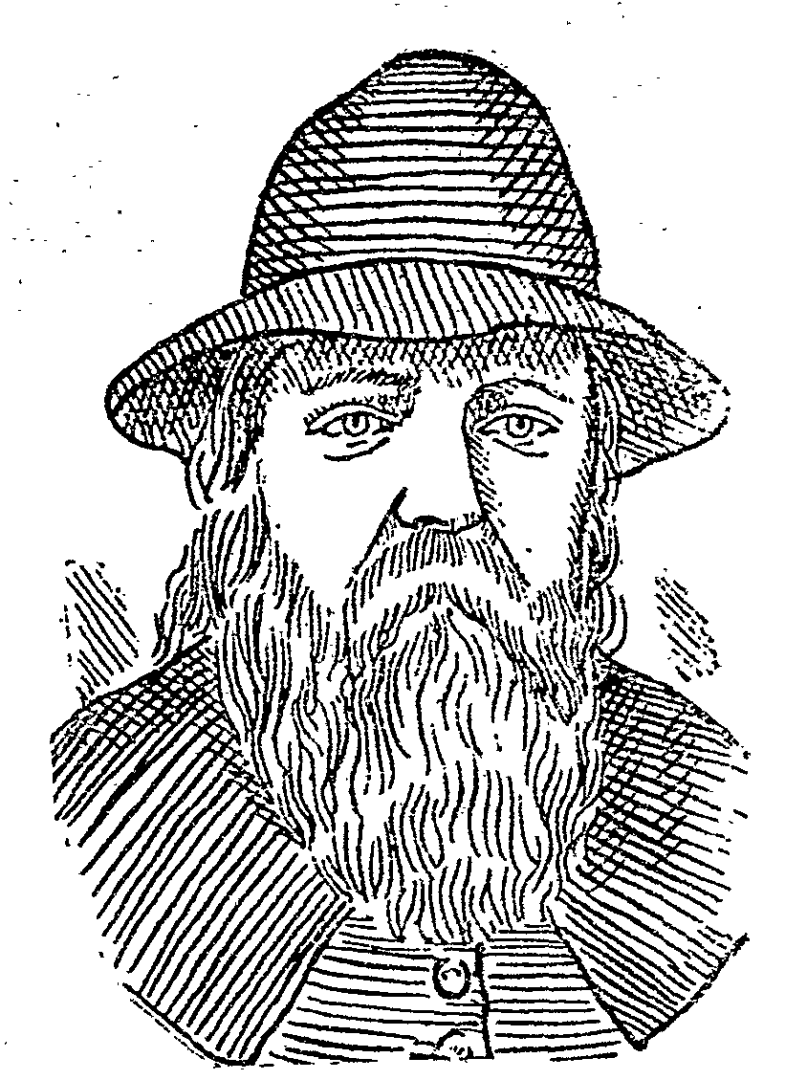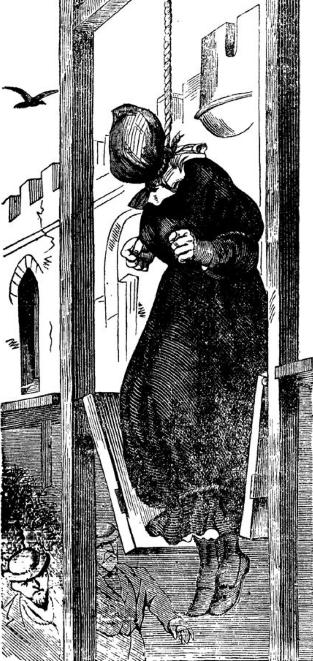
d: 1887
Roxalana Druse
Summary
Name:
Roxalana DruseNickname:
RoxanaYears Active:
1884Status:
ExecutedClass:
MurdererVictims:
1Method:
Shooting / DecapitationDeath:
February 28, 1887Nationality:
USA
d: 1887
Roxalana Druse
Summary: Murderer
Name:
Roxalana DruseNickname:
RoxanaStatus:
ExecutedVictims:
1Method:
Shooting / DecapitationNationality:
USADeath:
February 28, 1887Years Active:
1884bio
Roxalana "Roxana" Druse, born around 1847, was married to William Druse circa 1864. The couple had two children: Mary, born around 1865, and George, born around 1874. They resided on a farm in Warren, Herkimer County, New York, along with William's nephew, Frank Gates. The family faced financial difficulties and had a strained reputation in their community, partly due to William's temper and unconventional behavior, such as working on Sundays. Neighbors and family members reported that William was abusive toward Roxalana, with incidents including physical assaults and threats. Roxalana confided to others about the hardships of her marriage, expressing regret over marrying and advising against it.
murder story
On December 18, 1884, an argument between Roxalana and William escalated violently. During the altercation, Roxalana shot William in the neck while he was seated at the breakfast table. She then coerced her 14-year-old nephew, Frank Gates, into shooting William by threatening his life. Following the shooting, Roxalana decapitated William with an axe. She proceeded to dismember and burn his body in the stove, disposing of the ashes and the murder weapons in a nearby pond.

Suspicion arose among neighbors due to William's sudden disappearance and Roxalana's inconsistent explanations. On January 16, 1885, authorities questioned Frank Gates, who confessed to the crime and implicated Roxalana and her daughter, Mary. Subsequent investigations uncovered human bone fragments, a bloodstained axe, and other evidence corroborating the confessions.

Roxalana was arrested and stood trial in October 1885. Despite appeals for clemency, citing her experiences of domestic abuse, she was convicted of first-degree murder and sentenced to death. Her execution on February 28, 1887, was notably botched; the hanging did not result in immediate death, leading to her strangulation over several minutes. This incident contributed to New York's decision to adopt the electric chair as a more humane method of execution, first used in 1890.